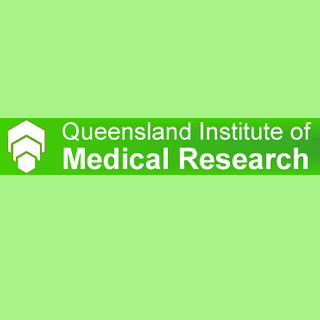
Scientists from QIMR’s Gynaecological Cancer Laboratory have supposedly discovered that having strong period pain frequently at an early age appears to double a woman’s threat of developing endometriosis. The study also found that girls beginning their menstrual cycle following 14 years old seemed to encompass a considerably reduced threat of endometriosis.
Scientists examined information from over 500 Australian women. Details about early menstrual characteristics in women with moderate to acute endometriosis were pitted against the data from women who had apparently not been detected with endometriosis.
Dr Christina Nagle from QIMR, commented, “Although the relationship between menstrual characteristics and endometriosis has been studied extensively, most research has focused on the recent menstrual cycle characteristics of women with the disease. Our research is one of the first studies to look at the factors contributing to the development of endometriosis long before symptoms and diagnosis occur.â€
In a correlated study preceding year, Dr Nagle and her team apparently discovered that being overweight at 10 years of age also appeared to double the danger of contracting endometriosis in later life.
The expert mentioned, “Our research aims to better understand the signs and symptoms before the disease develops and to help identify women at higher risk. Early intervention will result in better health outcomes for women with this condition.â€
To date, apparently there seems to be no recognized cause or cure for endometriosis, which supposedly affects around 10% of women, causing acute pain and decreased fertility, in several cases. Disease symptoms may be controlled via pain medication, hormone treatment or surgery, or a combination of each.
The study was published online in the American Journal of Obstetrics and Gynecology website.
